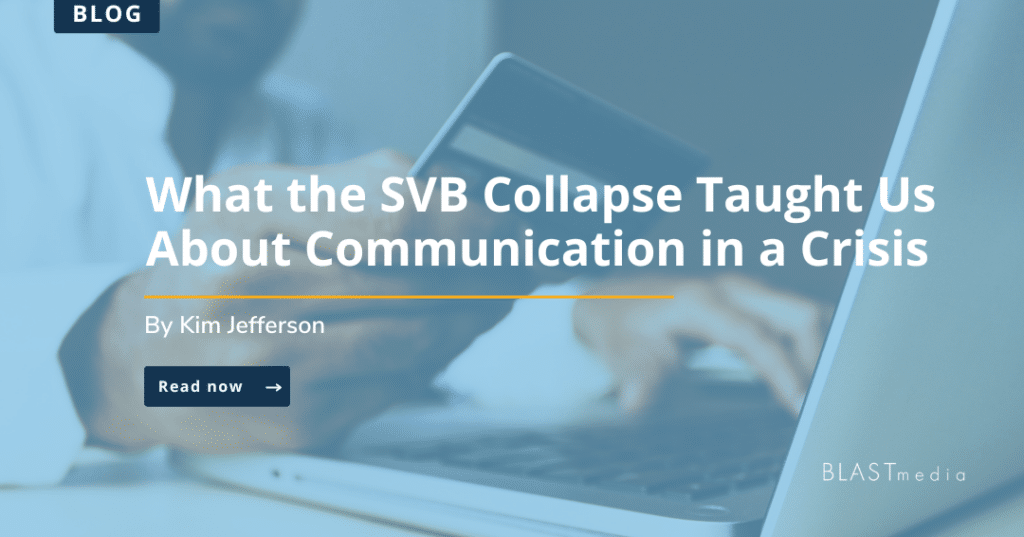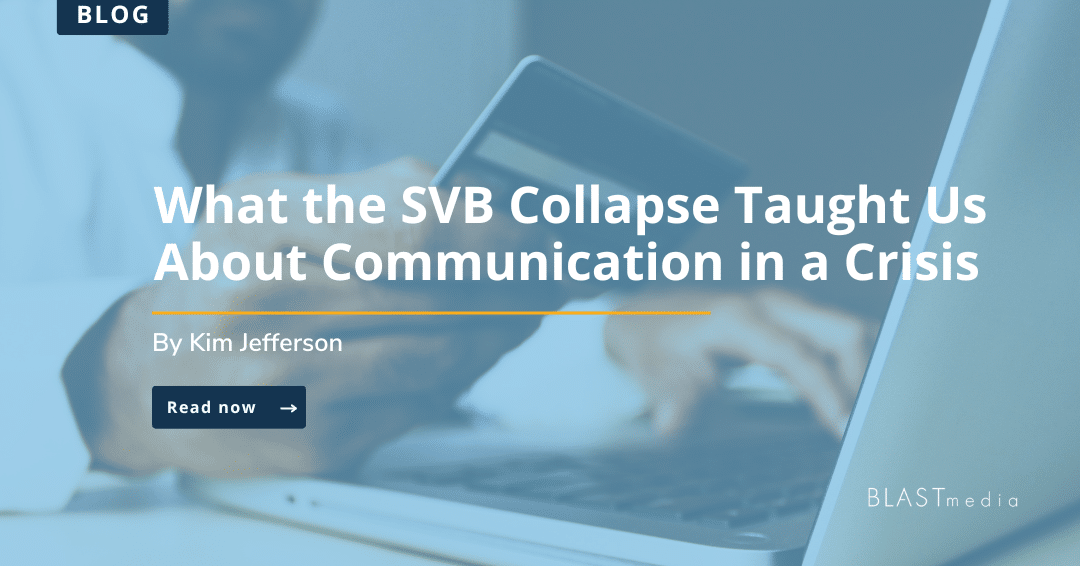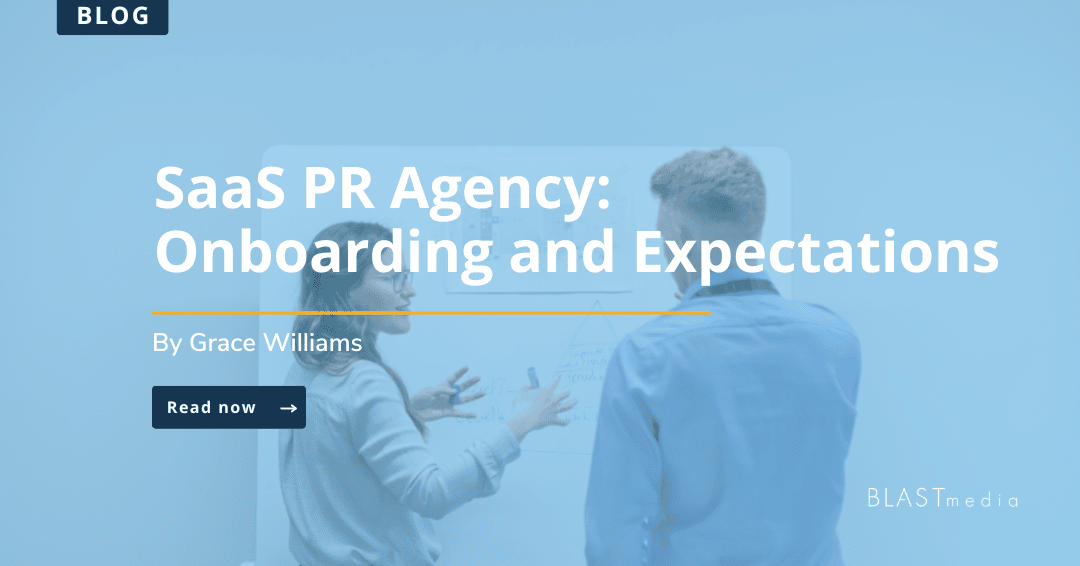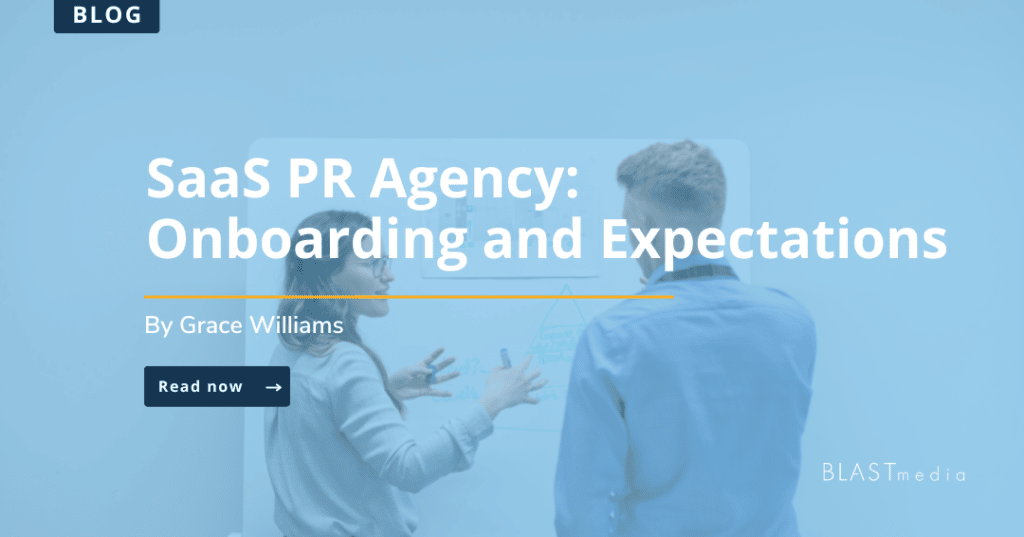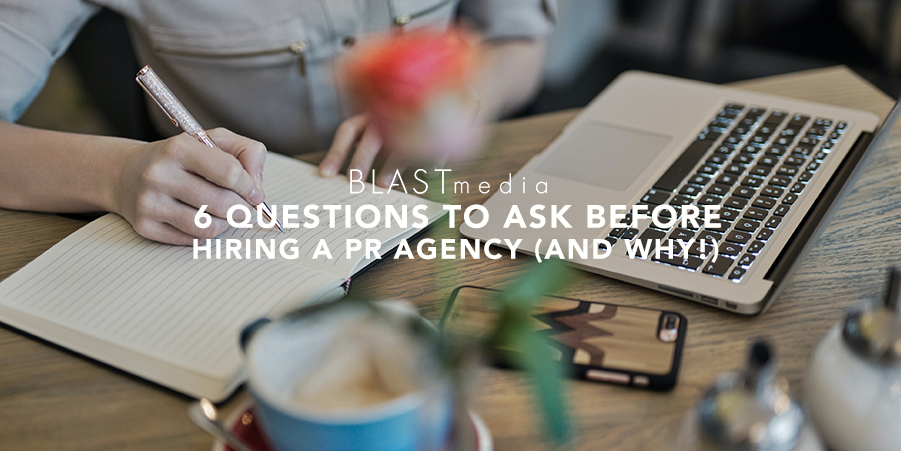This time each year we work with our clients to put together predictions for the year ahead, and for the past few years we’ve been taking our own advice and creating SaaS PR predictions of our own.
Looking back on a year that, to put it gently, went completely off track, I was surprised to see many of our predictions for 2020 panned out (on the PR front). This year, we saw fewer SaaS marketing execs using share of voice as their standalone metric to measure the success of PR. We also saw a much closer integration between our clients and their customers — so much so that we now offer to interview and write customer stories on behalf of our clients.
When I sat down to think about 2021, a few things immediately came to mind. Yes, some of those things are related to the pandemic and how it impacted the way we do work, but other trends were well underway beforehand.
Paywalled journalism means we must adapt
It’s happened to all of us — you see an interesting story shared on Twitter and click to learn more only to be hit with a paywall. While it can be frustrating, paywalls actually make a lot of sense. Think about it: you pay for Hulu with no ads, you pay to join Dave Gerhardt’s Patreon marketing group, you even pay for access to workouts on Peloton — why wouldn’t you pay for unlimited access to news content created specifically for your interests?
As talented journalists continue to fall victim to shrinking newsrooms, they’re increasingly turning to platforms like Substack to grow followings of their own. Most recently startup reporter Eric Newcomer left Bloomberg to start Newcomer, a subscription newsletter about startups and venture capital. Earlier in the year tech journalist Casey Newton left The Verge to start Platformer, and before that Fortune’s Polina Marinova Pompliano left to build The Profile. I anticipate many more will follow suit.
Earlier in the year, I sent a few questions on paywalls to Travis Bernard at TechCrunch. He launched TechCrunch’s subscription platform ExtraCrunch just a year earlier. His newsroom faced a choice: broaden coverage to drive up advertising impressions and therefore dollars, or double down on a smaller, more engaged audience willing to pay. They chose the latter.
So, what does this mean for those of us in SaaS PR? Get creative about what you consider an “outlet.” It no longer needs to be TechCrunch or Forbes to count as meaningful coverage for your brand. Encourage your client/boss to look past vanity metrics like unique monthly visitors. As journalists are building their audiences, these metrics may or may not be available.
Build relationships with emerging publications (including podcasts), and get comfortable with explaining the value of coverage behind a paywall to your client. Sure, there are challenges (namely, sharing on social) but the inherent value is the already engaged, paying audience. And, ask your CFO for more room in the 2021 budget for news subscriptions.
Speaking slots will become even more difficult to secure
Now that Neil Patel, Jay Baer and Seth Godin can speak at 10 conferences in a matter of days — what’s left for the rest of us? I am halfway kidding but, if you think securing speaking slots isn’t going to get a lot more difficult in 2021, you should reassess your goals.
- Exhibit A) Many events well into 2021 are still going to be canceled, creating fewer overall opportunities.
- Exhibit B) For virtual events, travel, and its associated costs, are eliminated. This means we’ll see the most well-respected speakers speaking more often.
Those two items lead to a lack of opportunity for anyone not already an established keynote. My advice? Keep your events/speaking team focused on small, local or industry-specific events to build your reel until events and speaking slots become more widely available, hopefully in 2022.
Audiences wise up to newswires — kind of
For better or for worse, 2021 is not the year the newswire dies. In simple terms, newswires have value because we believe they have value. So, until your CEO stops forwarding you Google Alerts he has set for competitors’ press releases with the “why aren’t we getting this type of press” note attached, newswires are a necessary means to a “make the CEO happy” end.
In 2021, marketing and comms leads will start considering the broad spectrum of places outside of a wire we can place releases. A company blog or, if you have some extra budget, a paid posting in a trade publication are valid options to consider, and can often have the same impact as a newswire posting (minus the syndications).
While wires themselves are likely to remain a piece of your PR puzzle in 2021, I think most SaaS PR people will no longer find value in the “outreach” efforts offered by wire services. The claims they send your press release “directly to the newsrooms of all the top media publications,” while technically true are completely useless. And, candidly, in eight years of doing media relations, I have never seen a single organic story run as a result of this type of distribution.
Deskside meetings are *finally* put to bed
This is one area of PR that has certainly been impacted by the coronavirus, and I think for the better. Speaking specifically within the realm of SaaS PR — desksides are no longer an impactful way to communicate with journalists. Now that desks themselves (at least the kind in large office buildings) are few and far between, deskside meetings have become a relic of our PR past.
As we’ve learned over the past year, we can be just as impactful and collaborative without being in person. Instead of forcing a press tour to work because they’re what you’re used to, set availability for your executive or spokesperson over the course of a week. Slot in interviews as they make sense for availability and interest on both sides, and if the meeting requires a product delivery, send it ahead of time. Make sure to get updated contact information for the journalists, though, since they’re likely not in an office. (PS — phone etiquette changes when it’s a cell phone you’re calling. Proceed with extreme caution.)
I think I speak for all of us when I say we’re looking forward to putting 2020 behind us. But, for a year that turned out to be quite challenging, it sure did teach us a lot — especially when it comes to communication.
Never has it been more important to put time and effort into what you’re saying, who you’re talking to, and why you’re saying it. From communication to your employees on a shift to working from home to communicating to the world what you stand for, putting thought behind your words is never going out of style.
What do you predict 2021 will hold for SaaS PR? Share with us on LinkedIn or Twitter.
